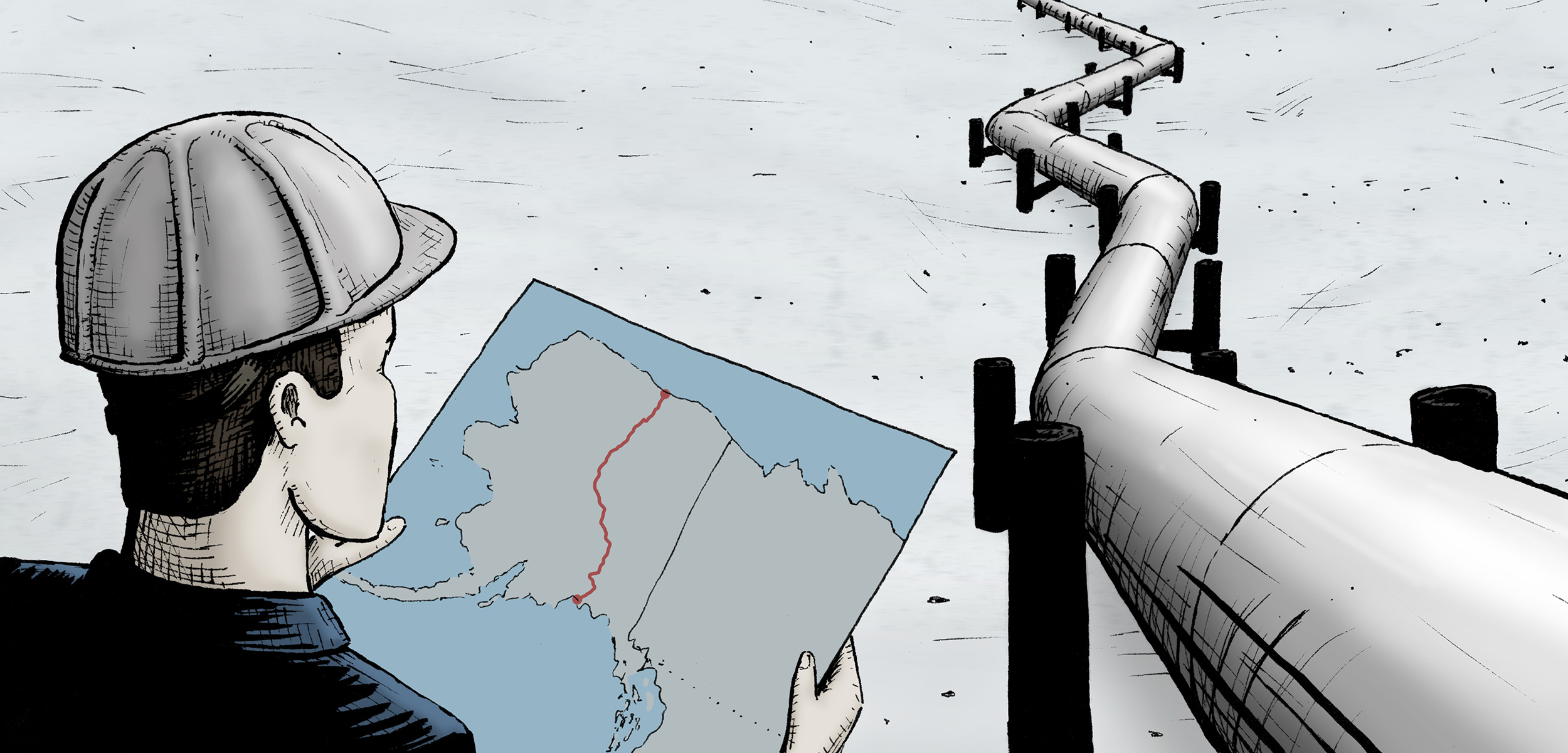The Race for Arctic Oil
Oil companies have always looked north for vast oil fields, and they won’t stop any time soon.
Article body copy
Oil exploration began in the Arctic almost a century ago, long before the words “climate” and “change” were paired with “human induced” and the ushering in of a new geological epoch, the Anthropocene. Paradoxically, even as the science emerged, the world’s reliance on oil grew—globally, we use about 35 billion barrels of oil each year.
The sea ice melts. Oil prices rise. The sea ice melts. Oil prices fall. The sea ice melts. There’s an oil glut. The sea ice melts. There’s an oil shortage. And the sea ice melts, creating better conditions for building remote oil platforms in the frigid waters and for land-based drilling operations that can take advantage of newly-thawed shipping routes.
To survey, drill, and eventually ship oil from the Arctic’s vast reserves—estimated to contain some 90 billion barrels—is a challenge. Remote locations on land and sea, severe weather, and stunted infrastructure translate into high costs. In 2015, Royal Dutch Shell abandoned its latest high-profile gambit to siphon the riches that lie beneath the seabed off Alaska’s Arctic coast. Yet, in historical context—and considering that Shell is still fighting to preserve its drilling rights in US Arctic waters—the move looks like a mere setback.


